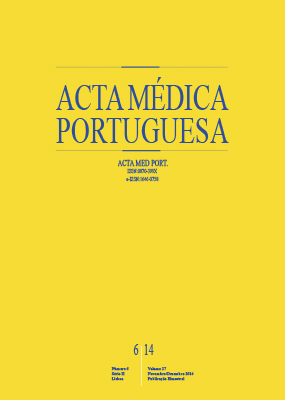Artificial Nutrition in Children (II): Parenteral Access
DOI:
https://doi.org/10.20344/amp.5313Abstract
Parenteral nutrition is crucial when the use of the gastrointestinal tract is not feasible. This article addresses the main techniques for parenteral access in children, its indications, insertion details and maintenance, and complications. The type of venous access is mainly dictated by the expected duration of parenteral nutrition and by the body weight/stature. The peripheral access is viable and advantageous for parenteral nutrition of short duration (< 2 weeks); a tunneled central venous catheter (Broviac) is usually necessary in long-term parenteral nutrition (> 3 weeks); a peripherally introduced central catheter is an increasingly used alternative. Parenteralaccesses are effective and safe, but the morbidity and mortality is not negligible particularly in cases of short bowel syndrome. Most complications are related to the catheter placement and maintenance care, and can be largely avoided when the procedures are carried out by experienced staff under strict protocols.
Keywords: Child; Parenteral Nutrition; Catheterization, Central Venous; Catheterization, Peripheral.
Downloads
Downloads
Published
How to Cite
Issue
Section
License
All the articles published in the AMP are open access and comply with the requirements of funding agencies or academic institutions. The AMP is governed by the terms of the Creative Commons ‘Attribution – Non-Commercial Use - (CC-BY-NC)’ license, regarding the use by third parties.
It is the author’s responsibility to obtain approval for the reproduction of figures, tables, etc. from other publications.
Upon acceptance of an article for publication, the authors will be asked to complete the ICMJE “Copyright Liability and Copyright Sharing Statement “(http://www.actamedicaportuguesa.com/info/AMP-NormasPublicacao.pdf) and the “Declaration of Potential Conflicts of Interest” (http:// www.icmje.org/conflicts-of-interest). An e-mail will be sent to the corresponding author to acknowledge receipt of the manuscript.
After publication, the authors are authorised to make their articles available in repositories of their institutions of origin, as long as they always mention where they were published and according to the Creative Commons license.









